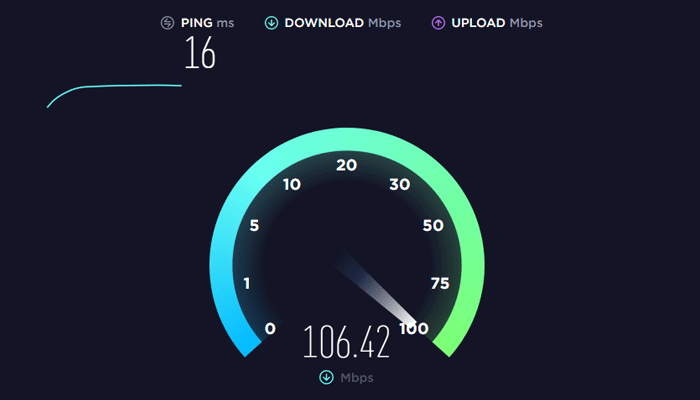What Is Network Latency, And What Does It Mean To Me?
Network latency has a significant impact on the end-user experience
In networking terms, latency = delay.
Technically speaking, a network’s latency is how long it takes to send data from one point on it to another. So the lower a network’s latency, the faster it is. And therefore, if you need a high-speed connection you should ensure that your network has the lowest possible latency. It is commonly measured through the ‘ping’ rates, which is how fast you get a response after you've sent out a request. Measured in milliseconds (ms), a fast ping means a more responsive connection.
a
number of factors affect a network’s latency, including:
Connection type – The type of connection has an impact on its speed. Cable and fiber connections generally have very low latency (good) while copper has a slightly higher latency (not so good). A satellite connection would have a higher latency still.
Distance – The further you are away from the server holding the content you need, the longer the data has to travel, and the more time it will take to reach your computer. Therefore greater distances mean greater latency.
Read also | What does ping mean?
Congestion – A congested network carrying too much data needs to place content in a queue and deliver it in sequence. So your data has to wait its turn, meaning high latency again.
Efficiency – An efficient network processes the data it receives quickly at each node, determining its destination and moving it on with minimum processing delay.
If your network needs extremely fast connectivity: algorithmic trading, for example, where every nanosecond can mean lakhs of rupees gained or lost: ensuring the lowest network latency should be your top priority. Networking technology has now been introduced in India that not only provides extremely fast fiber-optic connectivity but also ensures that data is routed through it via the shortest route possible. Shaving off every nanosecond of delay.
Network latency has a significant impact on the end-user experience: how many times have we given up in frustration when a page failed to load promptly! To provide users with the highest quality of service, network managers must ensure minimal latency.



.png)
No comments: